[ad_1]
Chard, generally called Swiss chard, is a leafy inexperienced that sports activities actions vivid stem colors, along with white, yellow, orange, and purple. It’s beautiful in any vegetable yard and even in flower beds. Chard thrives in cool local weather nevertheless can take the heat with ample water.
There are many crops you could plant shut by. This vibrant veggie requires loads of daylight and moisture, making it an excellent companion to a variety of crops. Chard is a beet choice that doesn’t develop roots, so keep them away from beet kin to take care of pest populations down.
Let’s check out 15 companion crops you could develop with chard to maximise your gardening space and create a incredible and delicious yard.
What Is Companion Planting?
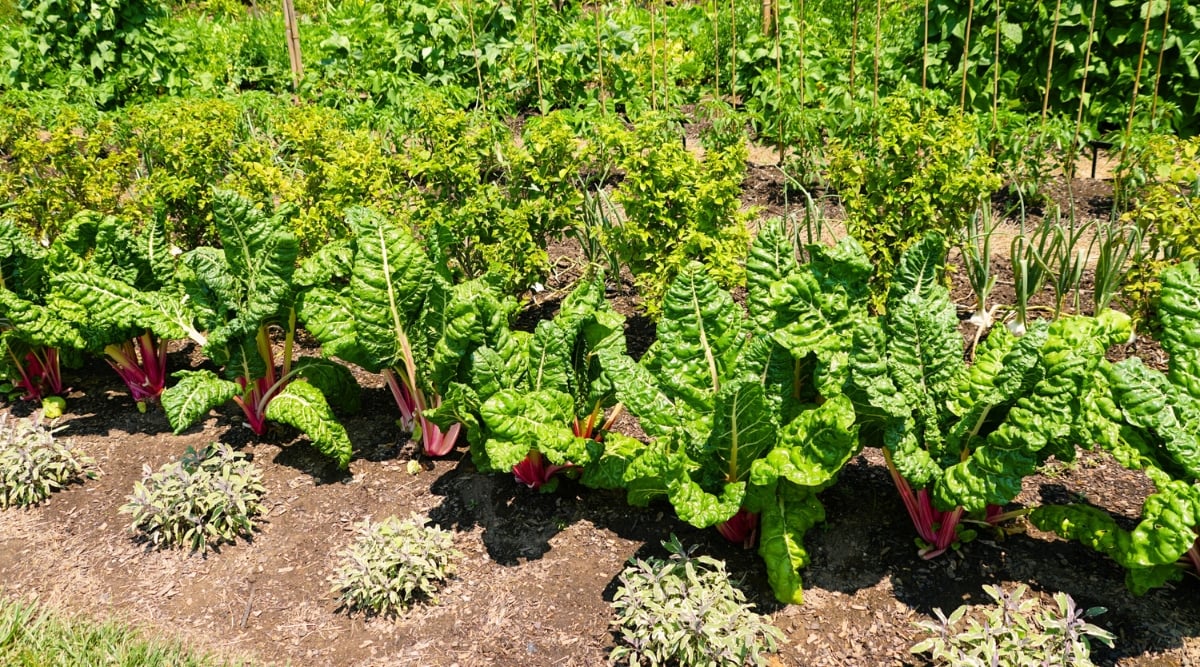

Many gardeners plant one sort of plant in an space. Whereas it might appear to be an excellent suggestion, it could set off the soil to be stripped of nutritional vitamins and promote pest populations.
Companion planting is when a variety of types of crops are grown in an space to permit them to revenue each other. Pairing the acceptable crops collectively can reduce pests and keep the soil healthful since utterly completely different crops have specific nutrient requirements.
You need to make the most of companion planting in any yard, however it certainly’s notably helpful in small areas the place you don’t have room to unfold out your crops. When which crops can work collectively within the an identical space, you could keep crops nearer collectively in any restricted space.
Chard as Companion Vegetation
That’s one amongst my favorite crops to develop inside the yard because of its beautiful colors and few points. I not typically have pest factors, and it’s forgiving after I’m forgetful about watering.
No two gardens are pretty the an identical, so let’s check out a variety of the benefits and points you may need using chard as a companion plant in your yard.
Benefits
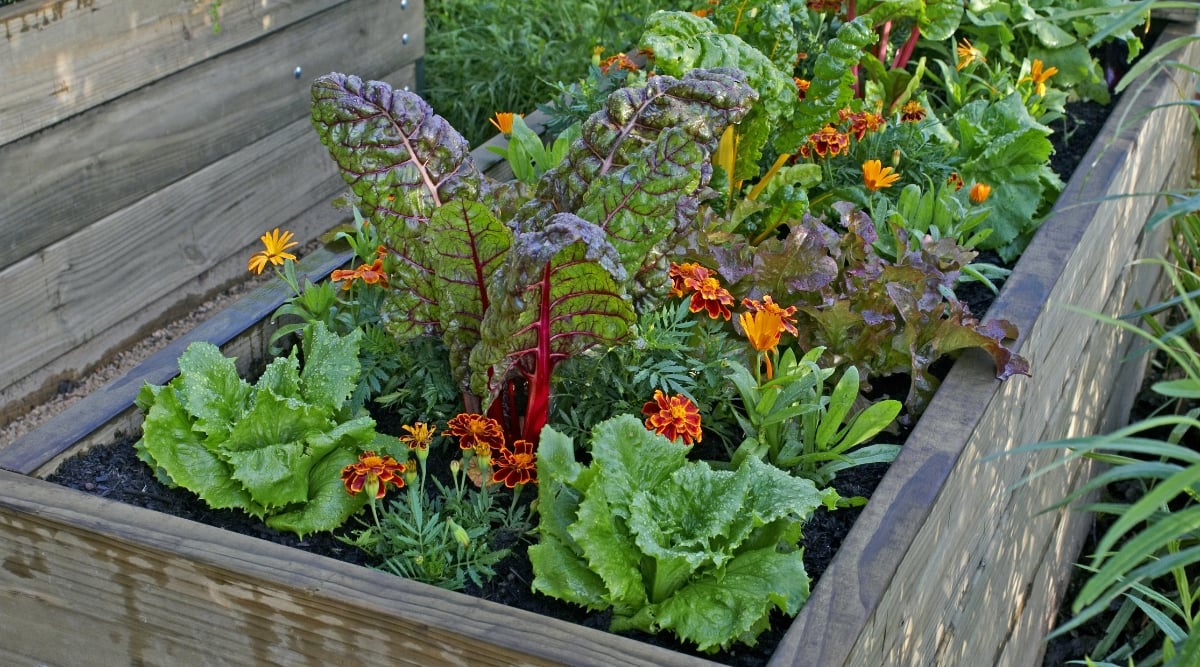

Chard prefers full photo voltaic inside the spring and fall nevertheless welcomes partial shade within the summertime. Defend it from the extraordinary afternoon photo voltaic, and likewise you’ll harvest chard correctly into summer season. Since it could tolerate some shade, you could develop taller crops subsequent to it to maximise your yard space.
Chard leaves are pretty and make your average-looking vegetable yard further stunning. Chances are you’ll even develop chard in an ornamental flower mattress for some distinction in opposition to your completely different crops. Seek for varieties with purple, yellow, or orange stalks for a beautiful pop of coloration.
You need to make the most of chard to shade smaller crops whenever you allow it to develop tall. Youthful chard leaves are delicious, nevertheless they model good at practically any stage, so letting them mature and shade crops like radishes will help you keep away from losing space.
Within the occasion you’re keen on spinach, however it certainly bolts too early in your native climate, try rising chard. It handles scorching temperatures greater than spinach and gained’t bolt.
Disadvantages
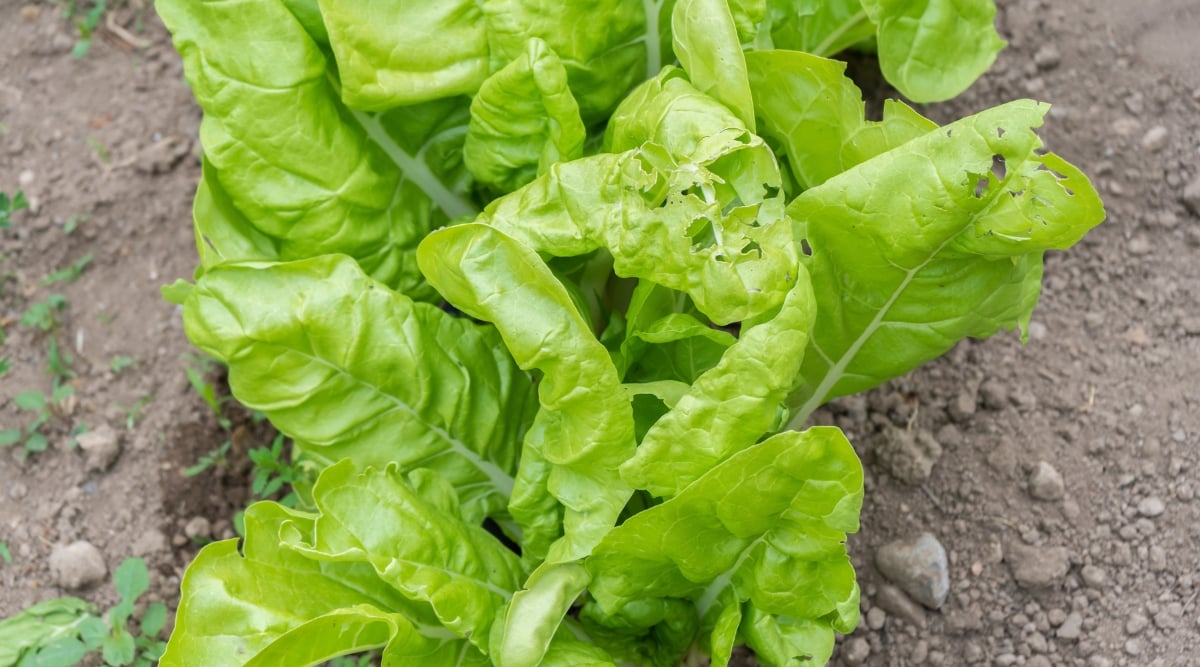

You may not handle many pests in your chard, nevertheless they’re inclined to aphids, darkling and flea beetles, beet leafhoppers, snails, and slugs.
Snails and slugs can shortly multiply and do quite a few harm in a single day. As you develop chard for the leaves, monitor your crops for potential pest points to get them beneath administration immediately.
Chard does biggest when grown in spring or fall since they like cool local weather. They will tolerate a lightweight frost nevertheless attainable gained’t make it by winter in chilly climates.
They’re biennial crops, so should you want to save seeds, Preserve them in a container and switch them indoors for winter, or cowl them to take care of them warmth ample.
Companion Vegetation for Chard
Chard will most likely be happy with quite a few utterly completely different crops. Let’s take a look at a number of of its potential neighbors.
Beans
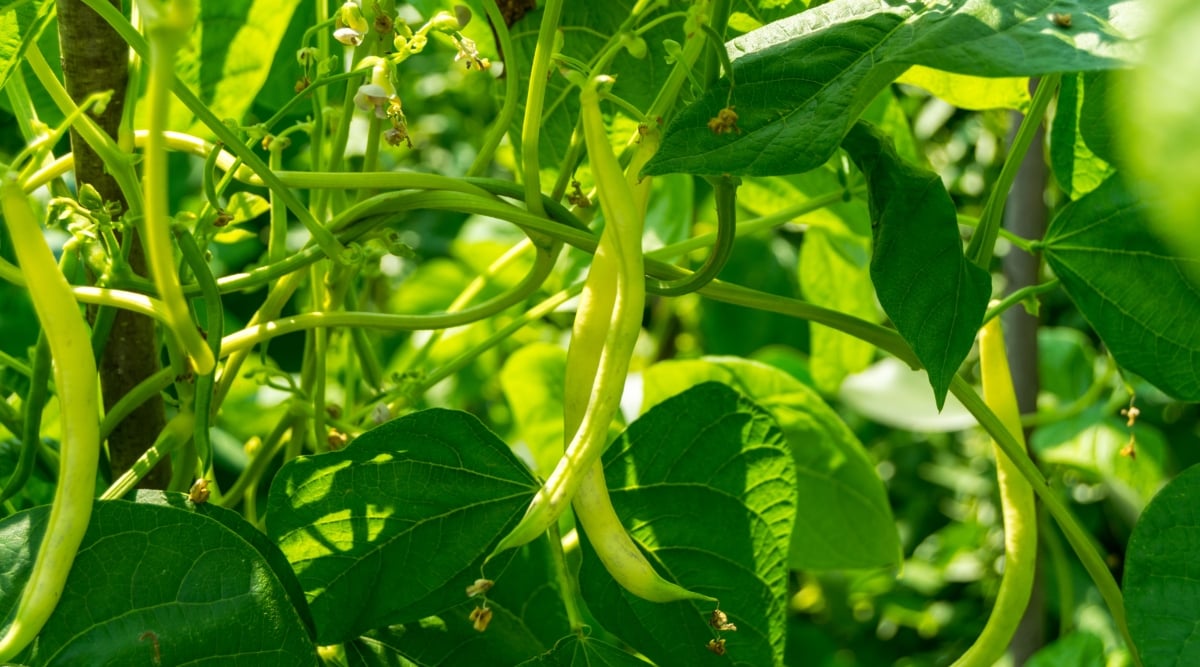

Beans are a wonderful companion even as soon as they’re not actively sharing an space with chard. Plant beans in your future chard space, and when the crops die, go away their roots inside the ground to interrupt down.
Bean crops create nitrogen and launch it into the soil as a result of the roots decompose, leaving you with improved soil. Pole beans can current chard some shade as early summer season temperatures warmth up.
Bush beans are good for interplanting on account of they gained’t develop tall ample to shade out your chard. All these crops thrive in moist soil, in order that they’re in good agency with each other.
Cabbage
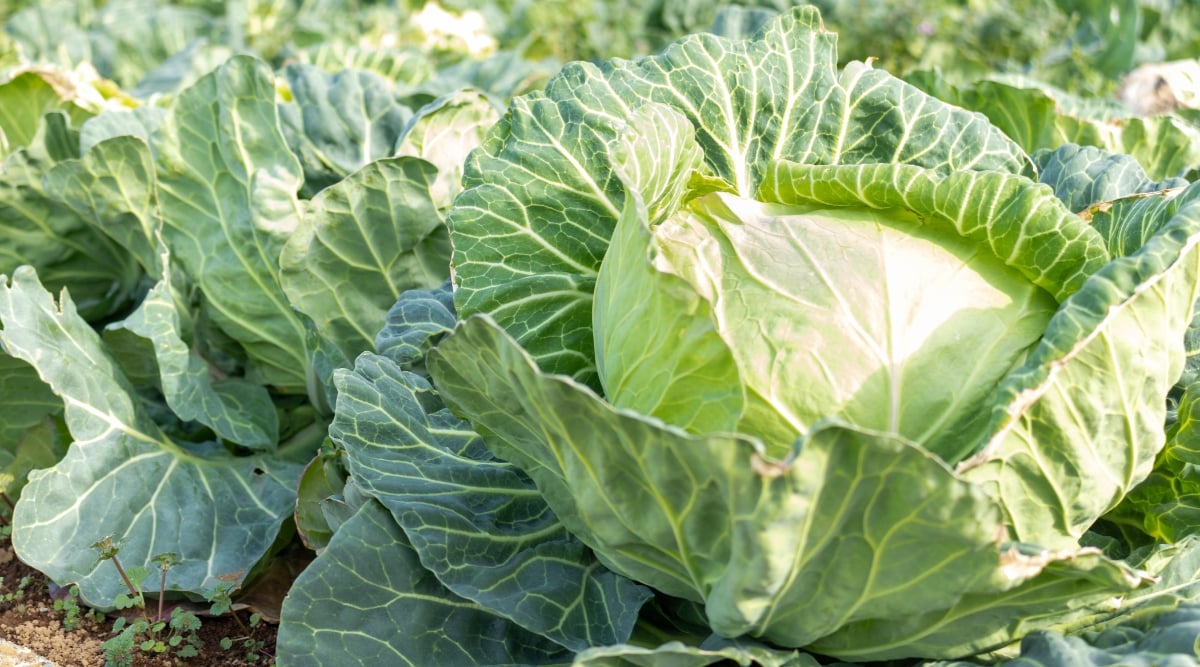

Cabbage can take up quite a few room, nevertheless that isn’t unhealthy for chard. Large cabbage leaves can keep the quilt shaded from the photo voltaic, allowing the soil to stay moist for longer, which may help chard and cabbage develop greater.
Chard roots develop deeper than cabbage, so the inspiration strategies gained’t should compete for water and nutritional vitamins within the occasion that they modify right into a little bit of interwoven. Within the occasion you allow chard leaves to get sufficiently massive, they could assist strong some shade on cabbage, which is able to most likely be appreciated on scorching spring days.
Celery
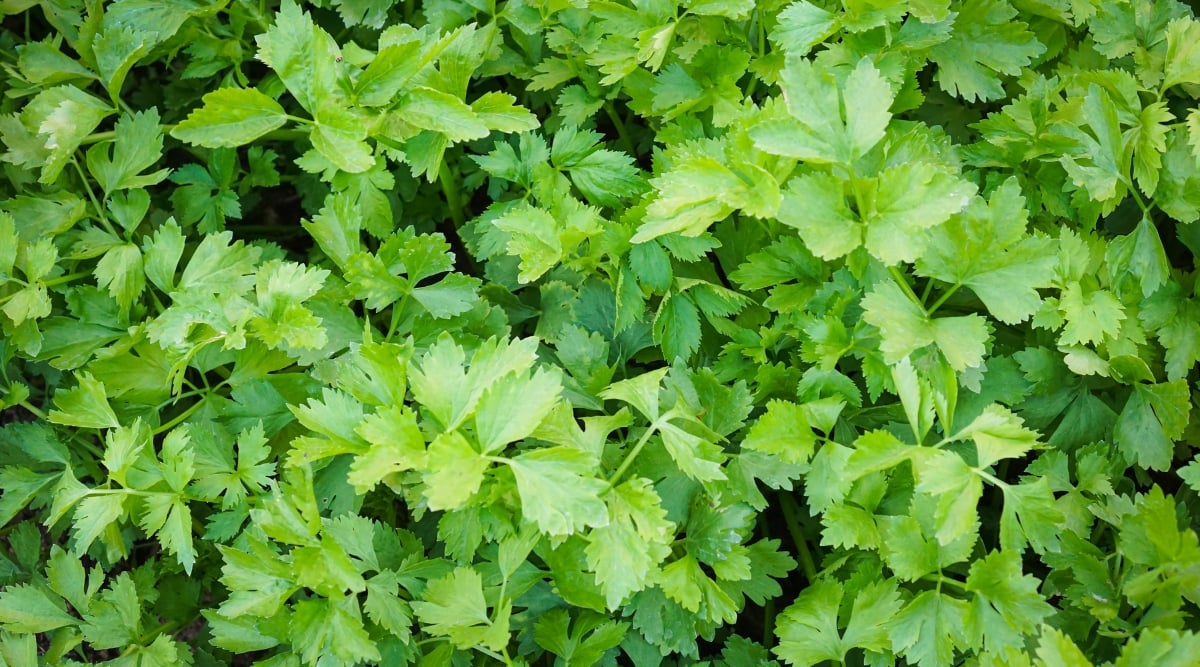

Chard and celery are an agreeable pair. Celery is compact above ground as a result of it grows vertically, and it’s fairly compact beneath the underside as correctly on account of its shallow root system. It gained’t get in your chard’s means and appreciates moist circumstances.
Chances are you’ll develop celery and chard all through the an identical time of 12 months. They every thrive in spring and fall, and the autumn local weather will sweeten every crops as a result of it can get cooler. This is usually a great helpful pairing whenever you’re searching for to make gardening easier.
Chamomile
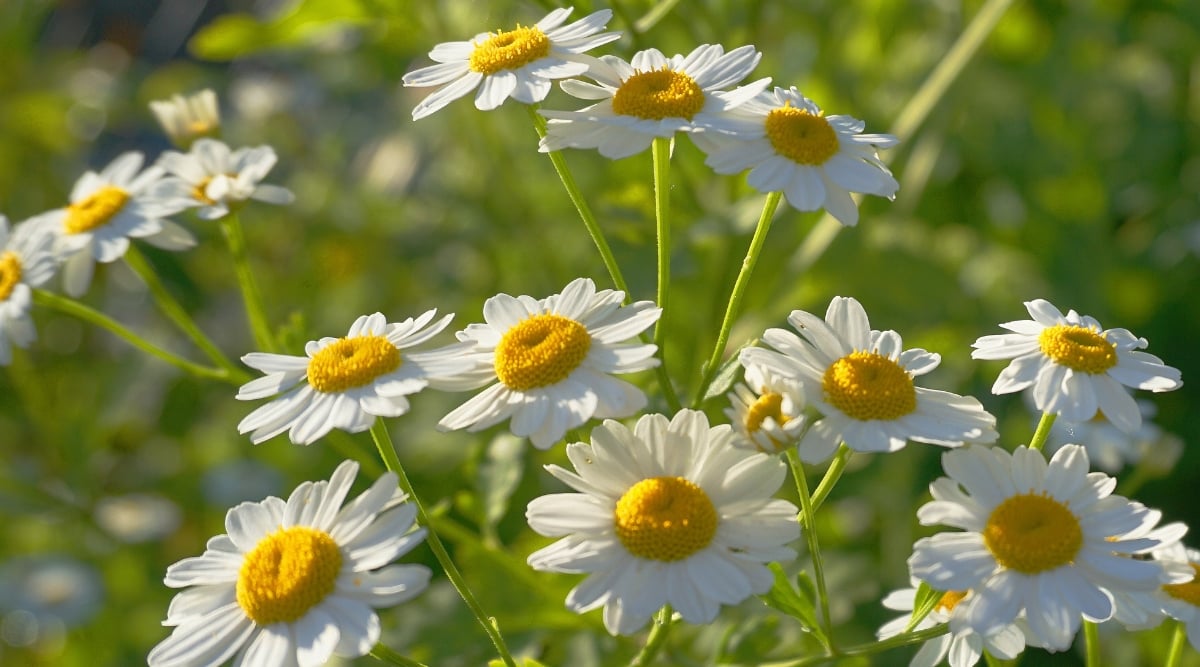

Chamomile is an excellent plant to take care of with chard because of its aphid-repelling abilities. Its sturdy scent will most likely be fulfilling, however it certainly makes it more durable for aphids to hunt out the crops they’re looking for, which can assist reduce the final inhabitants.
Relying in your native climate, chamomile could possibly be greater suited as a container plant. It’s drought-tolerant as quickly because it’s established, though it appreciates additional water in excessive heat within the summertime. Within the occasion you keep in a scorching and dry native climate, chamomile will attainable be utterly glad within the an identical mattress as your chard.
Cilantro
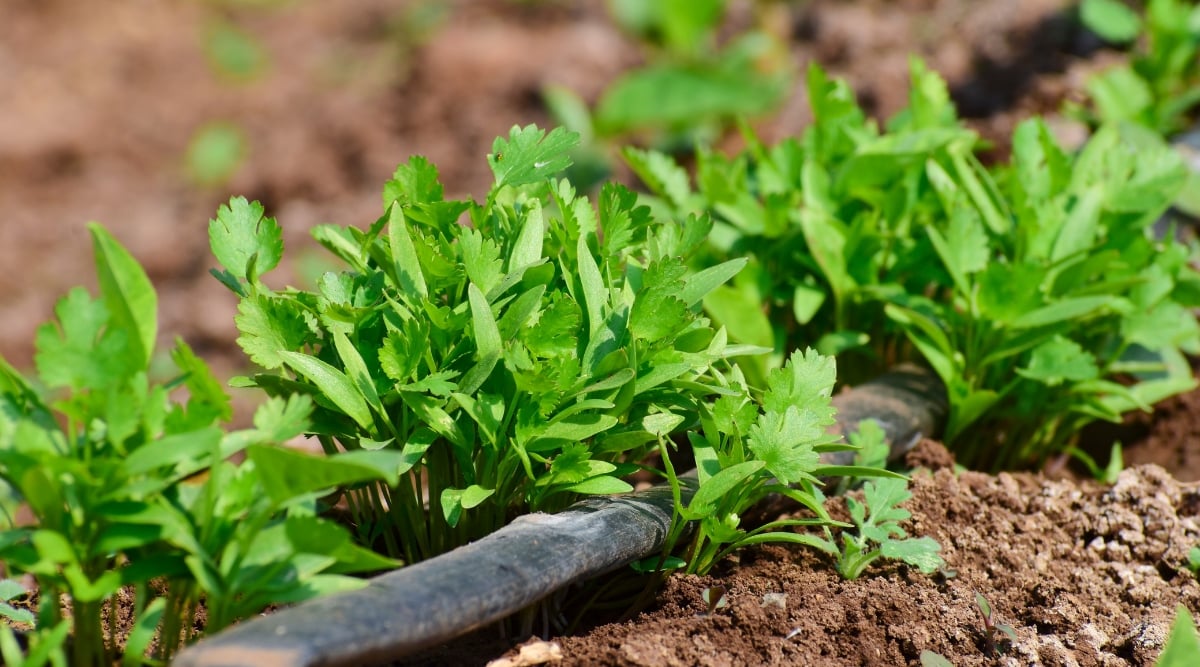

Chard and cilantro work collectively correctly on the plate, merely as they do inside the yard. Cilantro pulls the burden on this friendship by offering huge advantages to the chard.
It attracts predatory helpful bugs like hoverflies and wasps that may eat many pests that go after chard whereas deterring flea beetles with its scent.
Cilantro likes about an inch of water each week, so it must be content material materials to develop alongside chard. Give every crops a great deal of sunshine and nitrogen, and assure enough space between them in order that they don’t develop too intently collectively.
Garlic
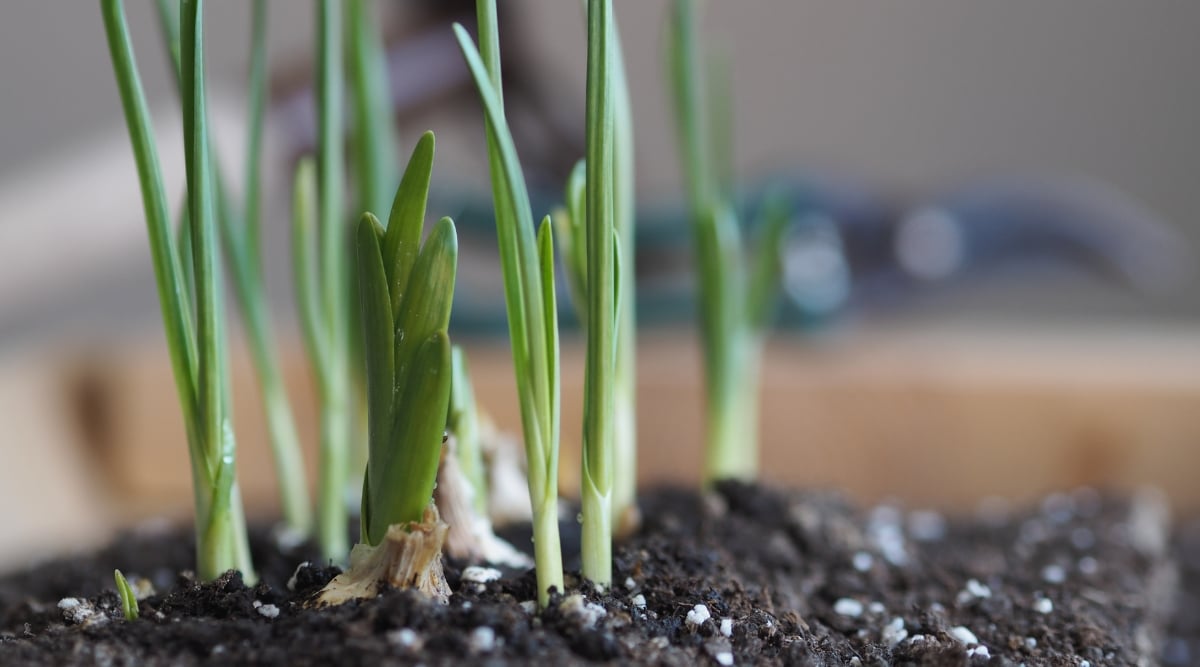

Garlic will match practically wherever since the bulbs don’t compete with chard roots. You will have spacing factors with elephant garlic or completely different large varieties, nevertheless it is also attainable to develop garlic in containers.
Chard and garlic every need moist soil and plenty of daylight, so they’re easy to take care of collectively. Garlic will tremendously revenue your chard crops almost about pest administration.
Pests hate the scent of garlic and may hold faraway from it. Allowing garlic to flower will entice many helpful bugs, along with hoverflies, bees, wasps, and butterflies.
Lavender
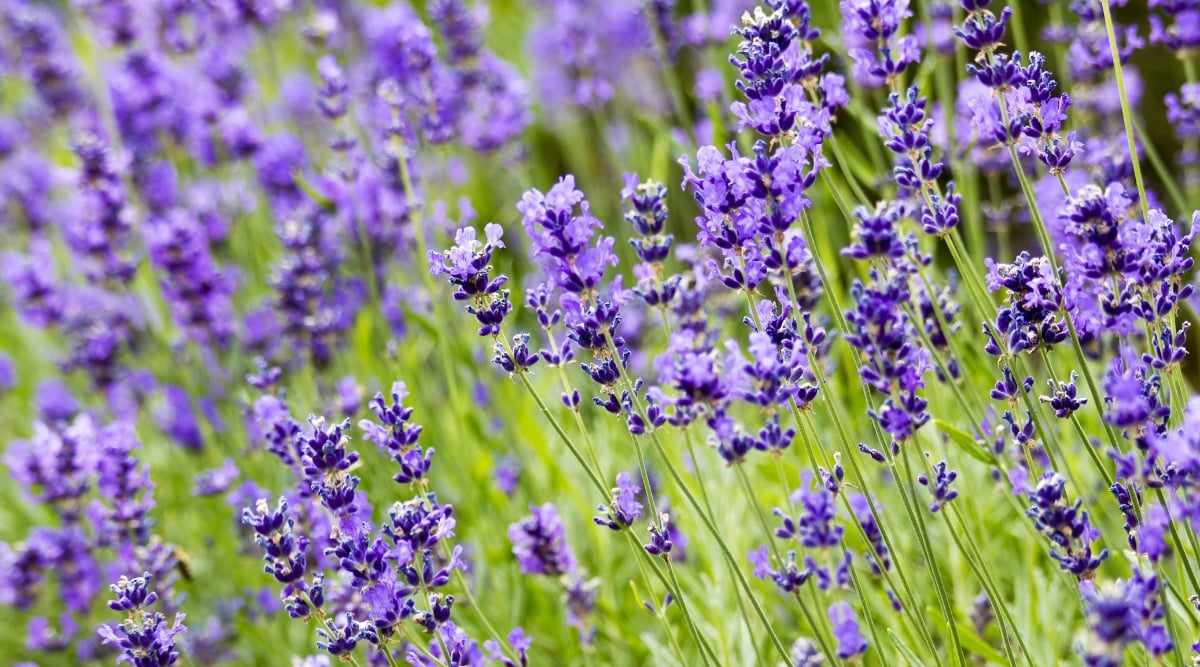

Lavender is believed to reinforce the flavour of chard. Nevertheless on a further concrete bear in mind, Lavender doesn’t compete with chard for nutritional vitamins or water, to permit them to luckily share the an identical space with out making it powerful for each other.
The enticing flowers you’ll attainable develop lavender for will carry tons of pollinators to your yard, plenty of them being predatory that may feast on aphids. Lavender might repel flies, fleas, and bigger pests like rabbits and deer.
Lettuce
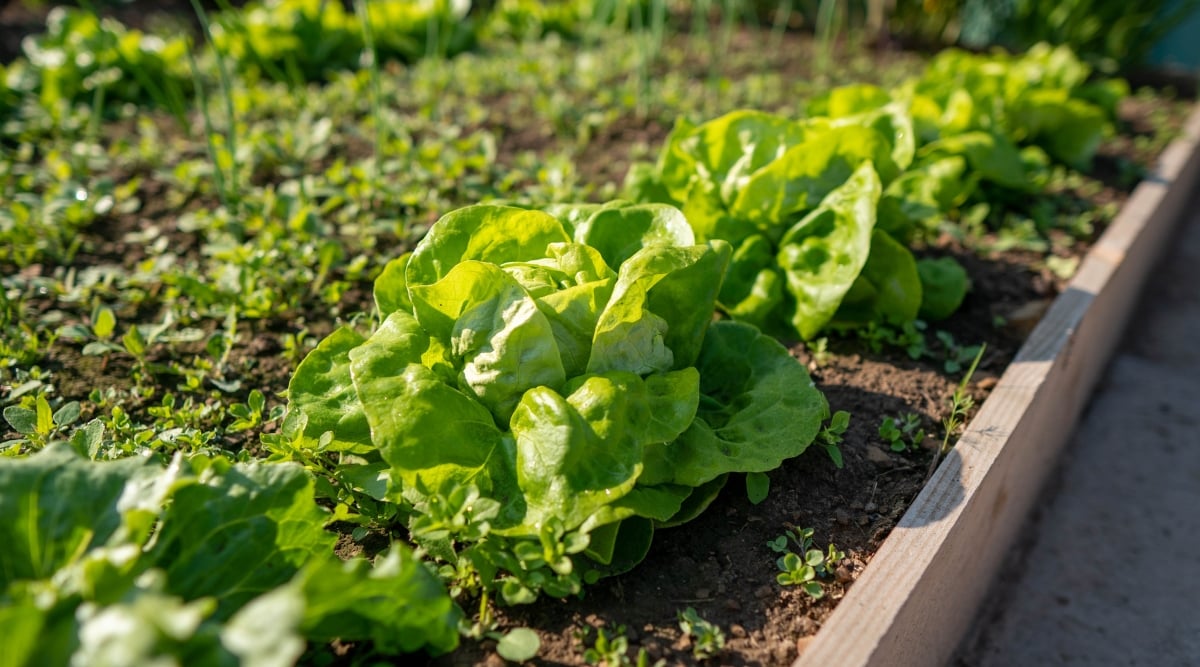

Chard and lettuce aren’t related nevertheless develop equally and work collectively correctly inside the yard. Every crops like a great deal of water and full photo voltaic inside the cooler months. You can even make them closing into summer season by providing them shade with taller crops or shade material.
These two crops gained’t compete for space since they’ve shallow root strategies. You have to go away some space between them to permit them to get ample daylight, nevertheless squeezing them proper right into a small space is possible.
Marigolds
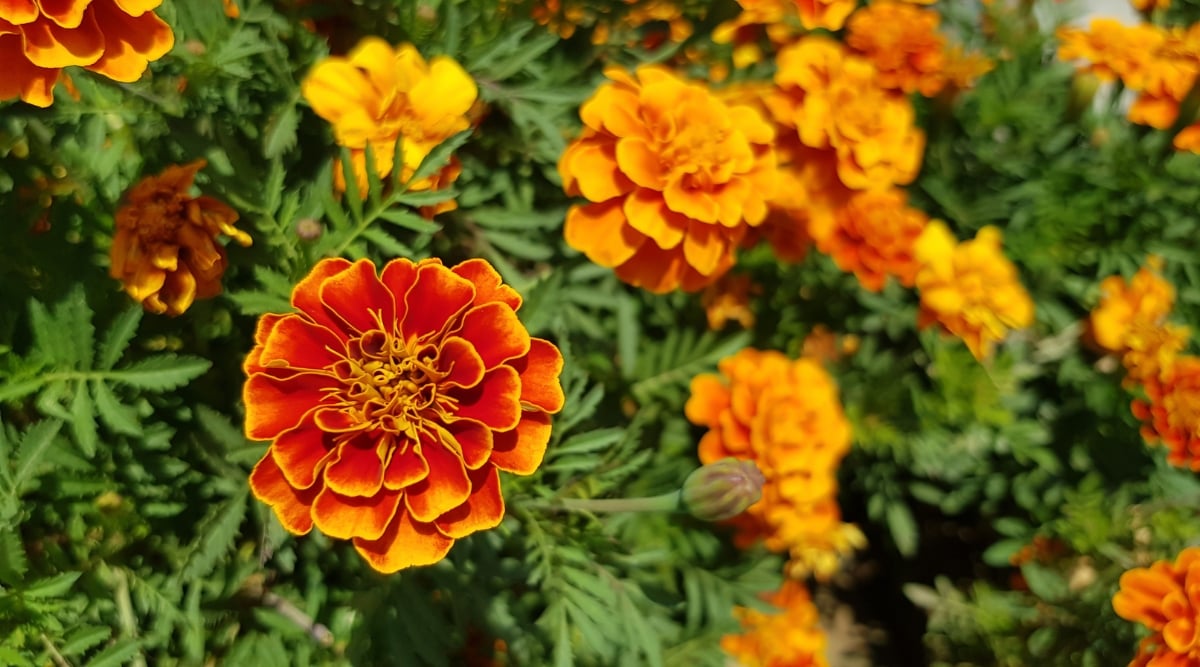

Marigolds are good companions to so many crops. They’ve a shallow root system and hold compact above ground, so that you just don’t have to stress about them crowding out their neighbors.
Many people develop marigolds for his or her pest-controlling abilities. They are often utilized as a lure crop for aphids and may deter root-knot nematodes. Nematodes aren’t an infinite problem for chard, however after they’re inside the soil, they’ll assault practically any roots obtainable.
Mint
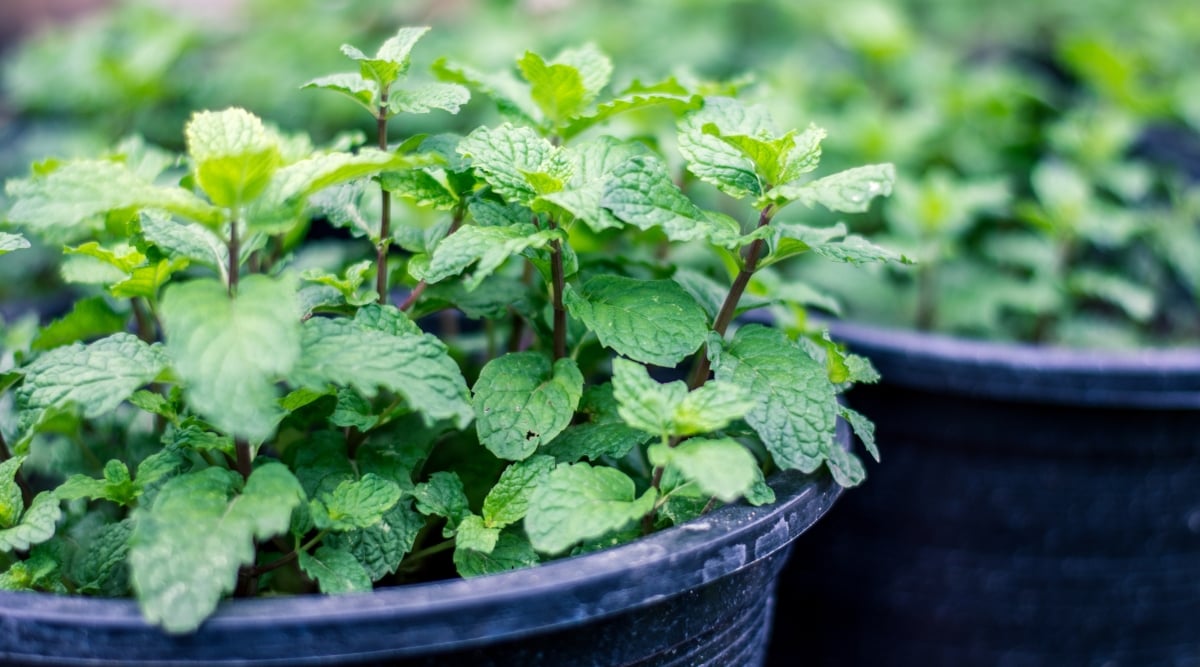

Mint will help deter a variety of pests, along with aphids, flea beetles, and rodents. The sweet minty scent is nice to folks, nevertheless pests hate it!
Within the occasion you plant mint subsequent to chard, keep it in a separate container shut by. Mint has a shallow root system, however it certainly spreads readily, varieties a thick mat, and chokes out completely different crops.
Mint went uncontrolled in my yard, and I was shocked to see that it could unfold underground—I had no idea how giant it had gotten until I started ripping it out.
Nasturtium
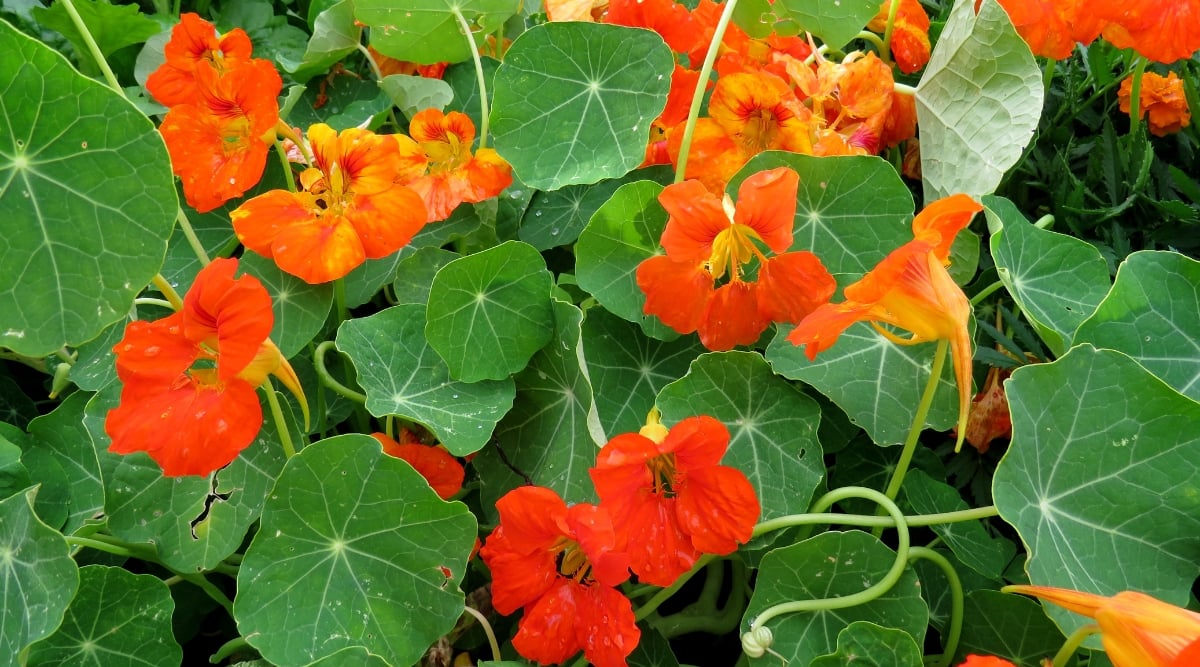

Nasturtium is one different enticing flower that may enhance your vegetable yard and may help administration pest populations. Aphids adore it, making it an excellent lure crop.
Plant it near your chard, and likewise you’ll see further aphids on the nasturtium than in your chard leaves. The sensible tubular flowers entice many pollinators, helpful bugs, and predators.
It’s going to host many aphids, and predatory bugs will gobble them up. You’ll want to plant these in all places.
Radishes
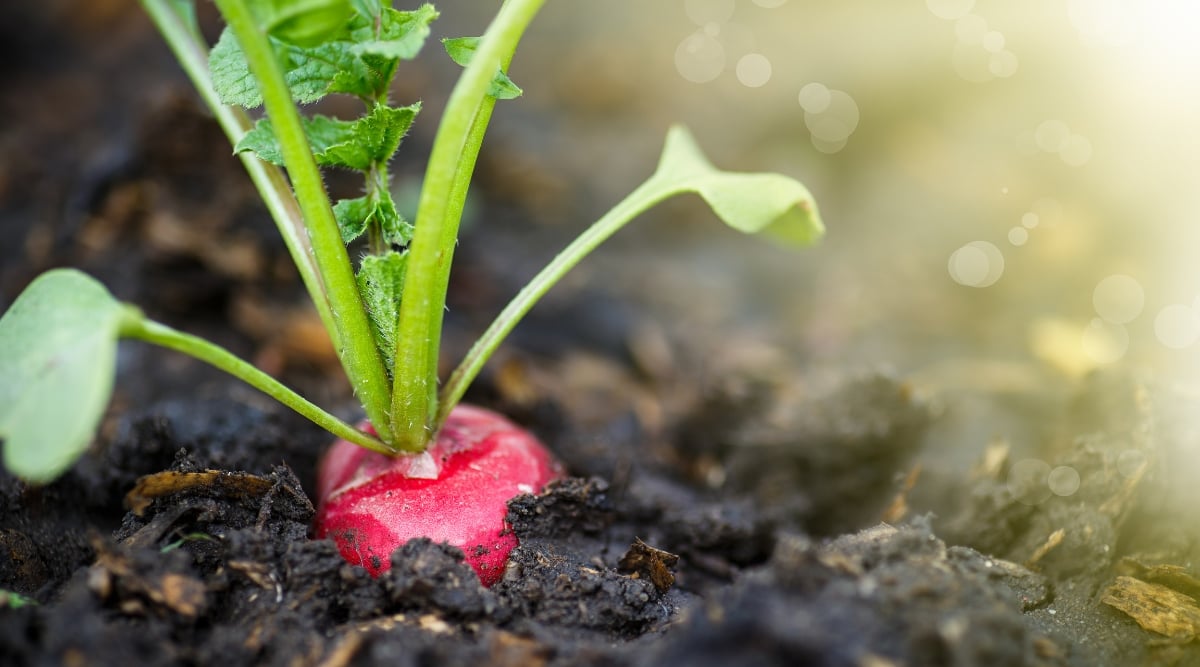

Radishes are easy to develop. These fast growers will scratch your itch for speedy gratification and help keep aphids off your chard, too.
Aphids love radish leaves, so enable them to have them, after which you will take away the aphids out of your yard when it’s time to reap the inspiration. You’ll get the most effective root progress with full photo voltaic, nevertheless radishes can tolerate shade if wished.
Within the occasion you primarily use them for aphid trapping, they will develop in full shade and develop further greens in its place of a giant root. Since they don’t take up quite a bit space and would possibly handle some shade, they will snuggle correct as a lot as your chard with just a few points.
Sweet Alyssum
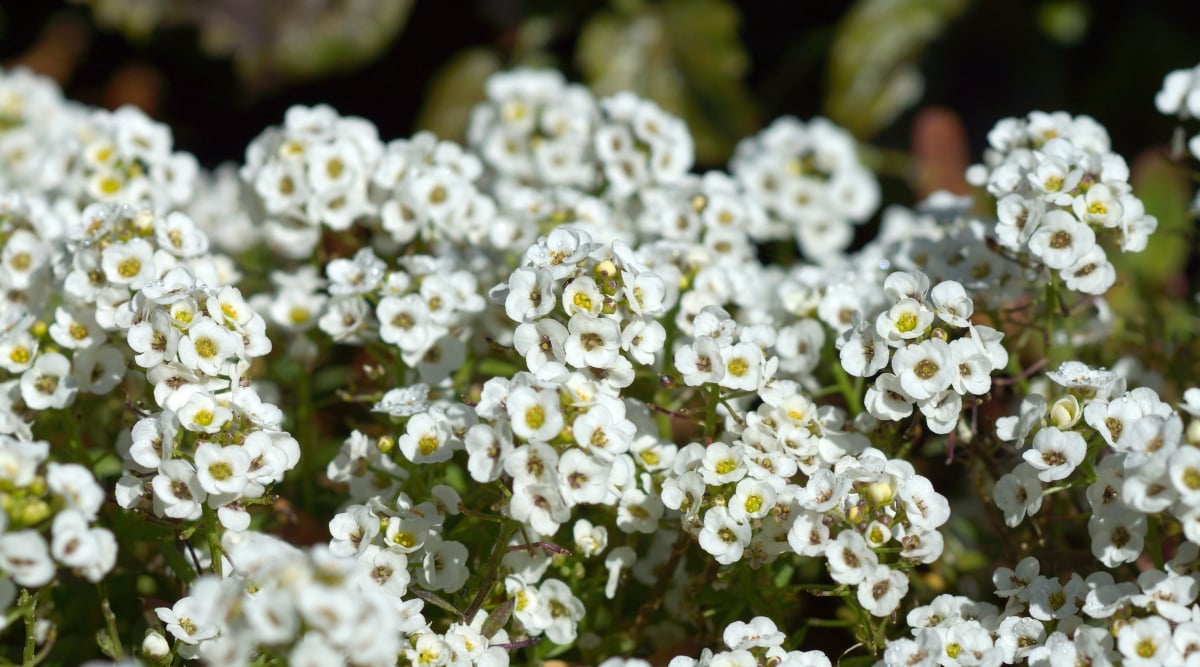

Chard doesn’t have to be confined to the vegetable yard; its vivid stalks and ruffly leaves look beautiful in a flower mattress. Pair them with the low-laying sweet alyssum to create a stark distinction of coloration and high.
Sweet alyssum will act as a ground cowl to take care of weeds down. The assorted clusters of flowers it grows will entice hoverflies, which may eat aphids that bug your chard. This flower is an environment friendly one to take care of spherical inside the vegetable yard, too, whenever you do want to harvest your chard to eat.
Tomatoes
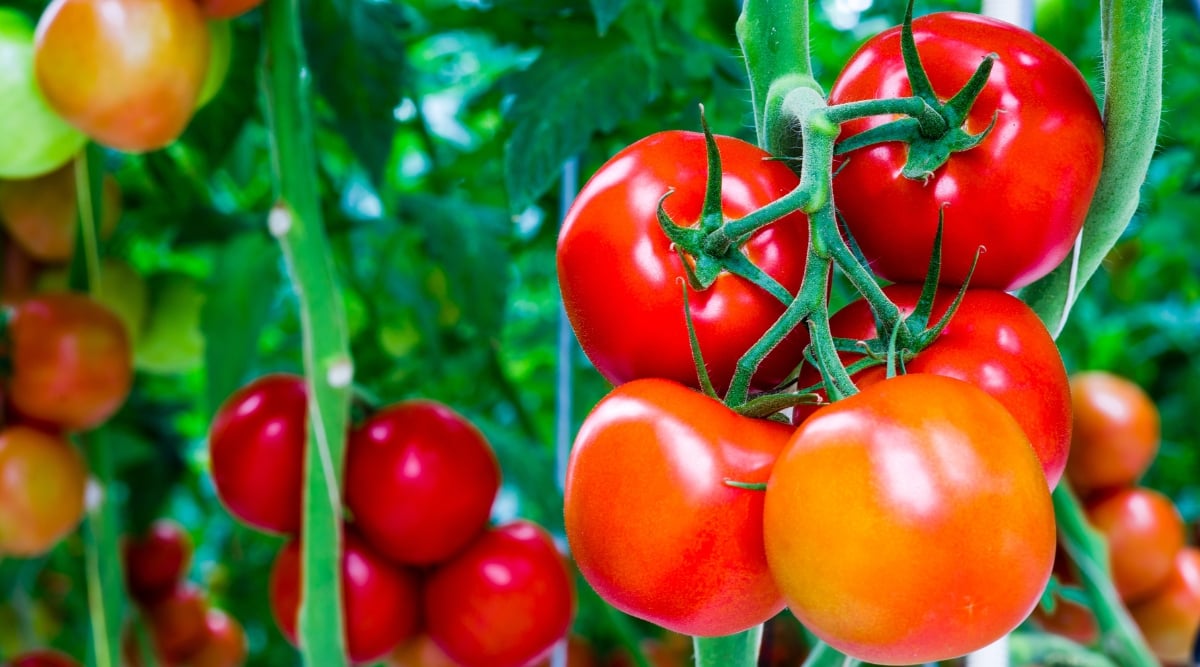

Tomatoes and chard make good companions, they normally’re two that you just simply’re constructive to see in my yard yearly. Inside the spring, you could plant tomato seedlings and chard seeds inside the ground concurrently. By the purpose tomatoes need extra room, you could harvest your chard.
You may additionally use tomato crops to shade chard all through the summer season. Plant tomatoes to the west of the chard, conserving the lower branches trimmed.
This could allow the chard to acquire afternoon shade and have a great deal of room to develop leaves. Their root strategies have utterly completely different depths, in order that they don’t compete for water an extreme quantity of.
Turnips
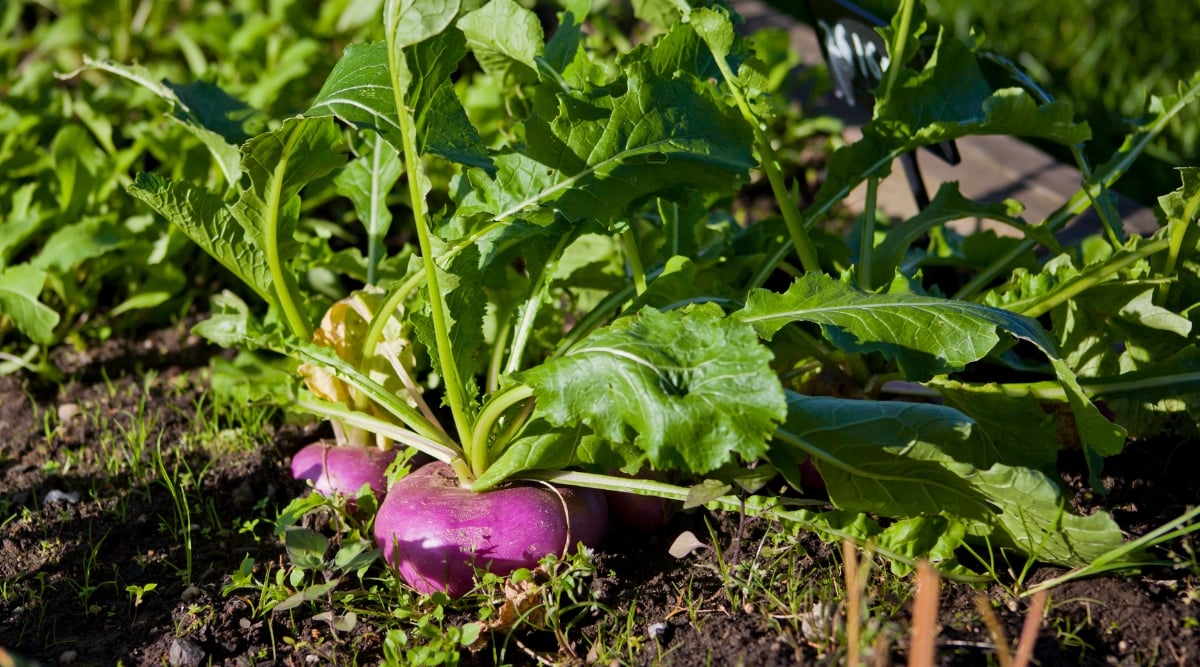

If snails and slugs don’t go away your chard alone, turnips are a beautiful lure crop companion plant for chard. Allow these pests to eat up the leaves so you could get them out of your yard when you harvest them, merely as you may with radishes and aphids.
Though turnips can be pretty large, they shouldn’t hinder your chard whenever you go away ample space between them.
Top-of-the-line methodology could possibly be to alternate rows of chard and turnips comparatively than making an attempt to plant them shut collectively. Every crops like moisture and develop all through the an identical cases of the 12 months, in order that they’re easy to take care of on the an identical time.
Closing Concepts
Chard is as delicious because it’s beautiful. Chances are you’ll develop this plant with completely different greens or use it as an ornamental plant in your flower mattress. Pair it with completely different cool-season crops in spring and fall, or give it some shade with taller crops within the summertime to make your harvest final extra. Chard companion crops benefit from persistently moist soil, cool temperatures, and ample sunshine.
[ad_2]

